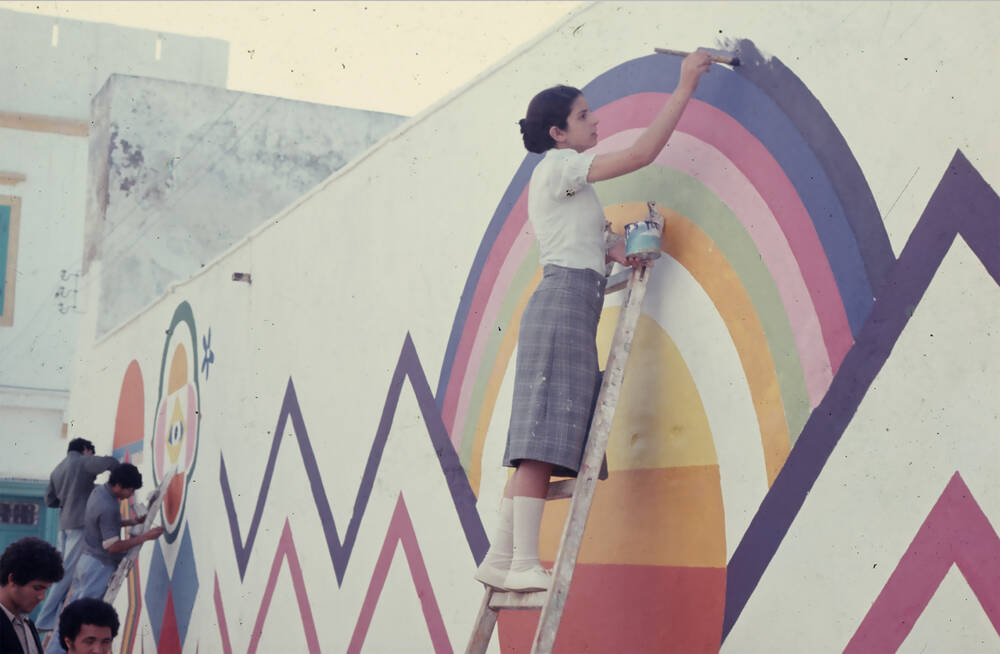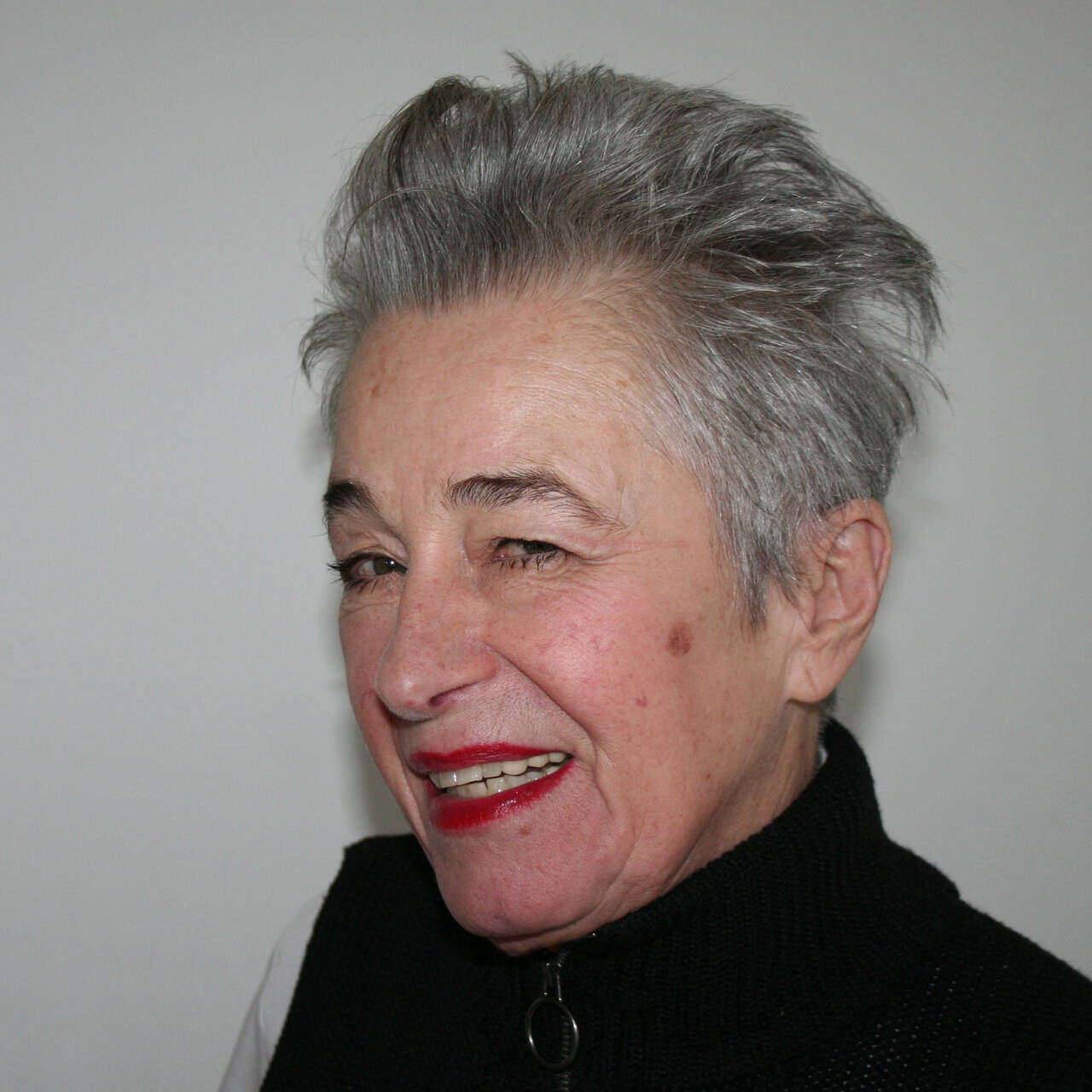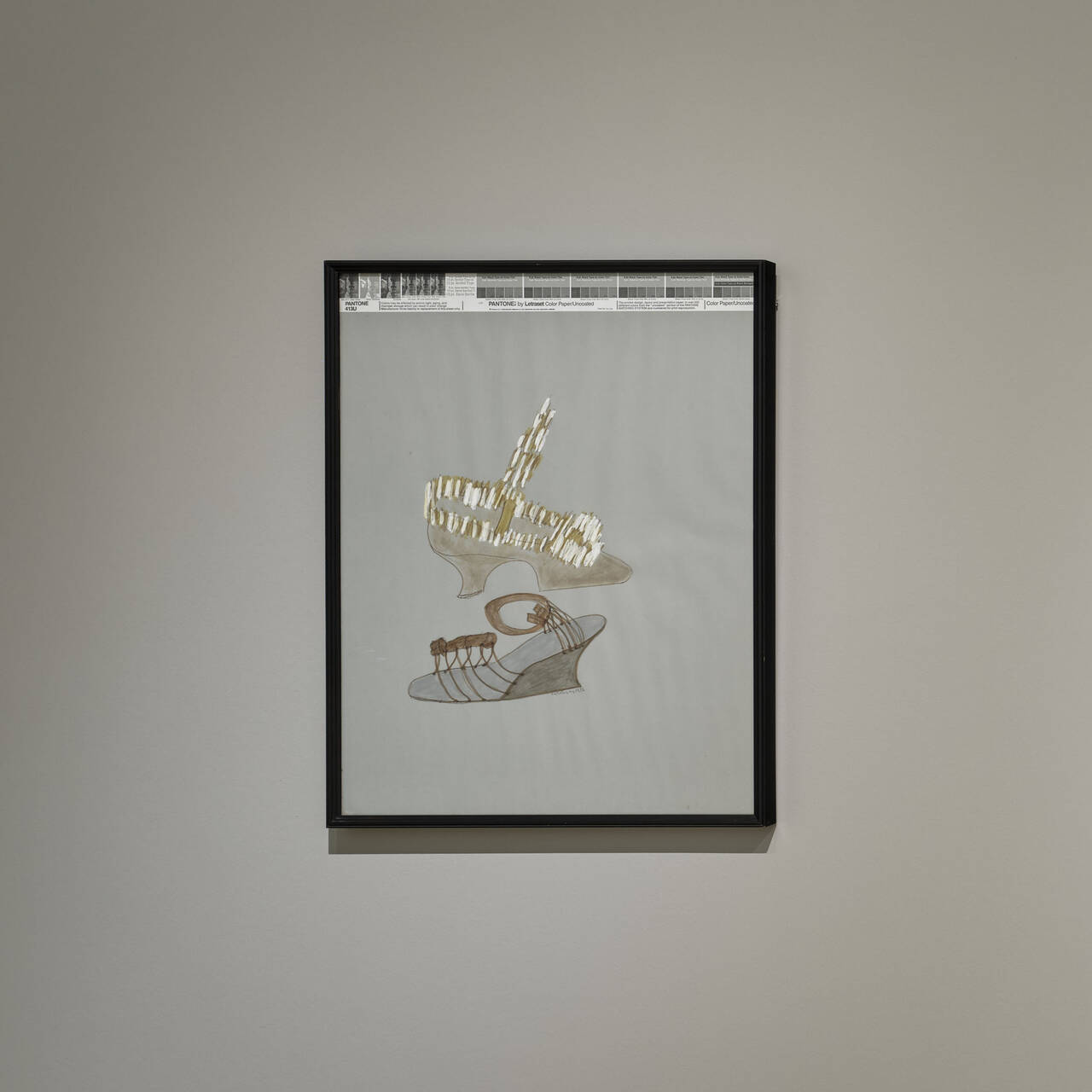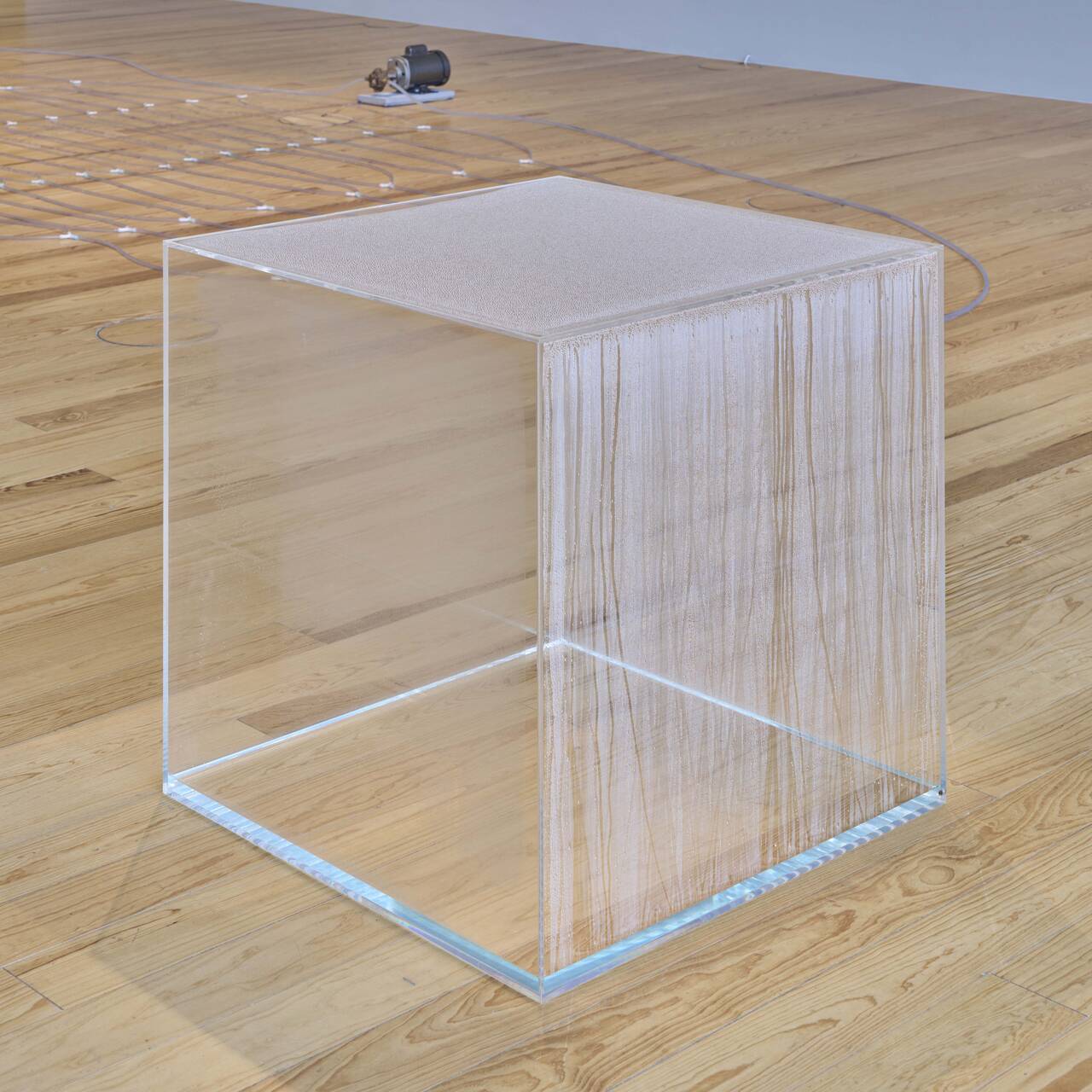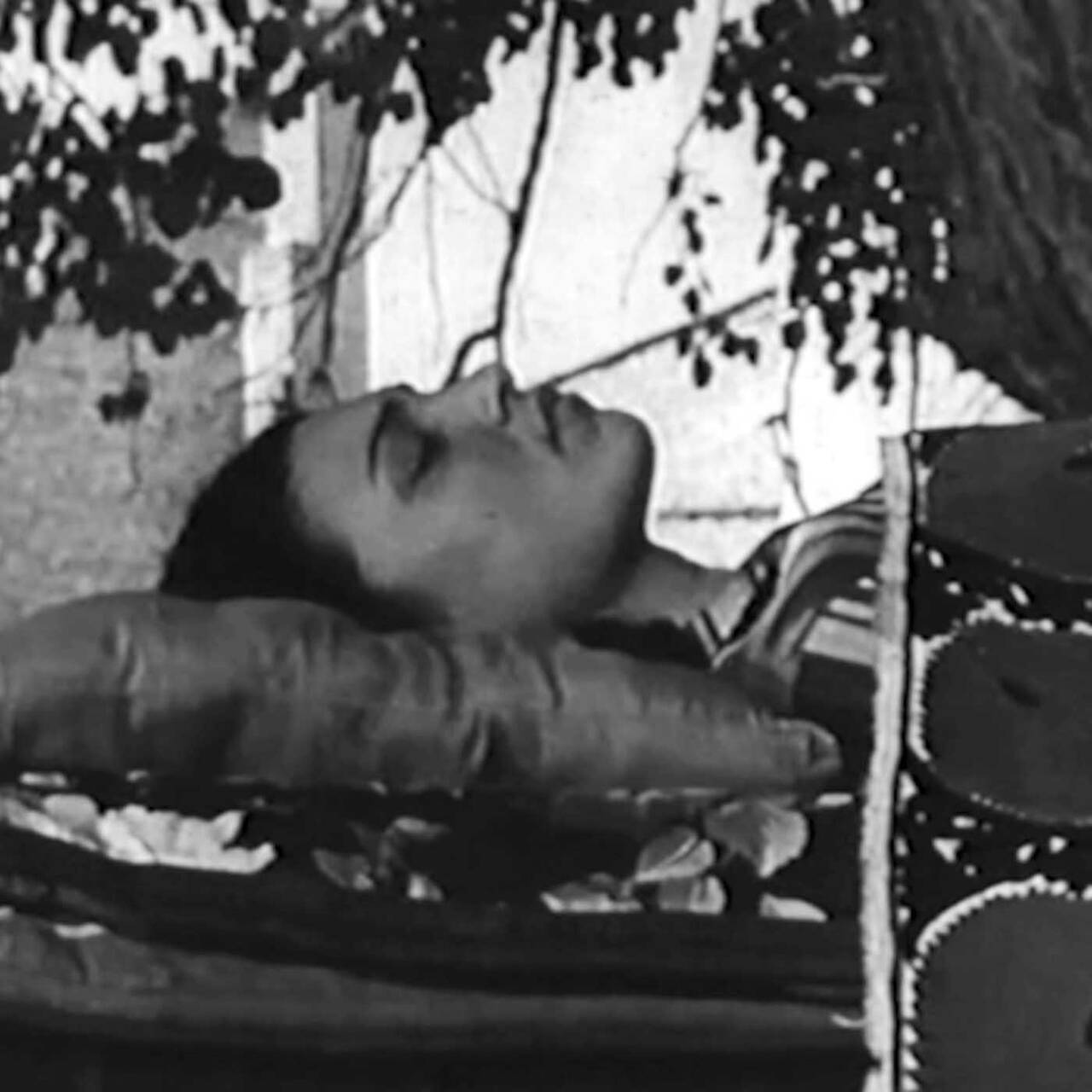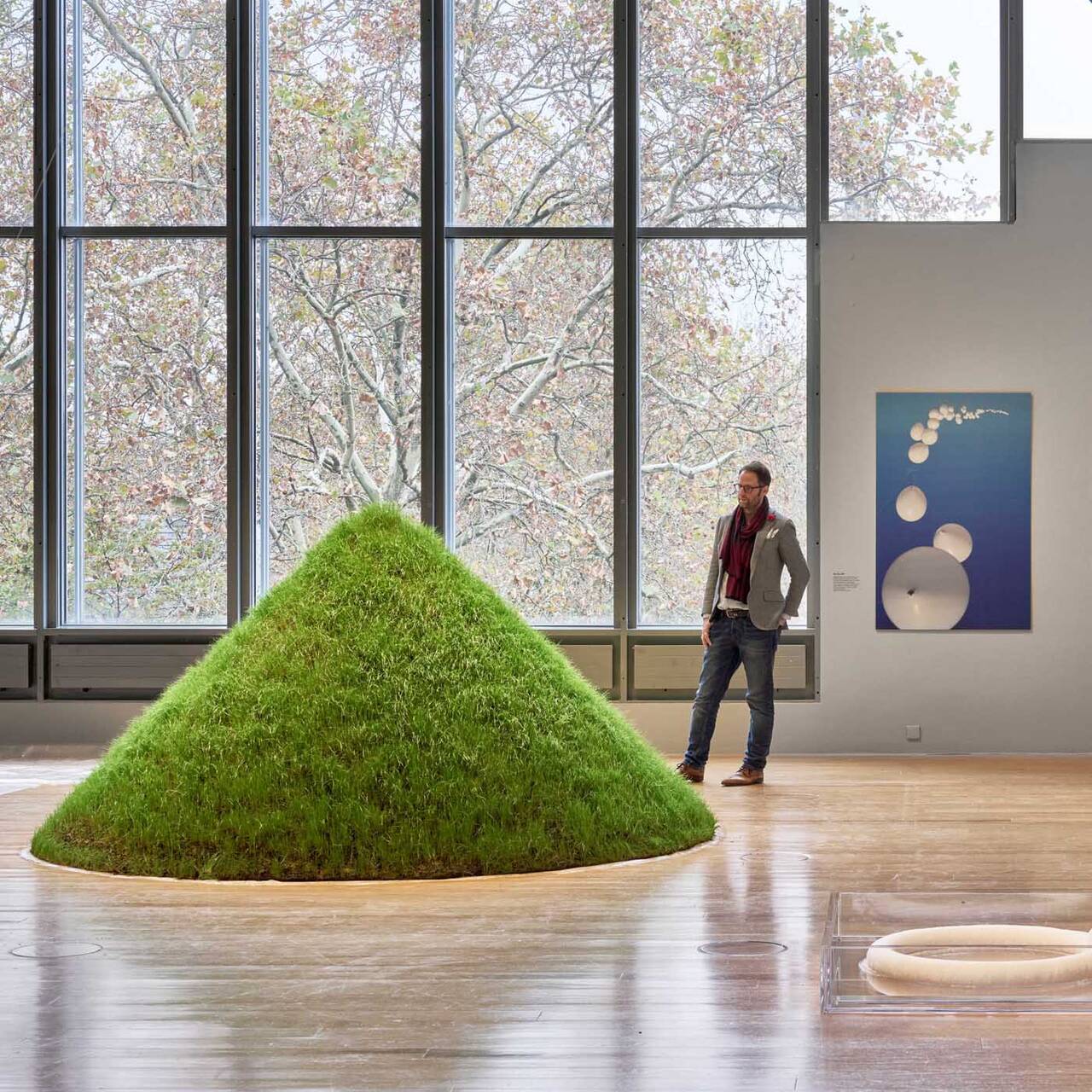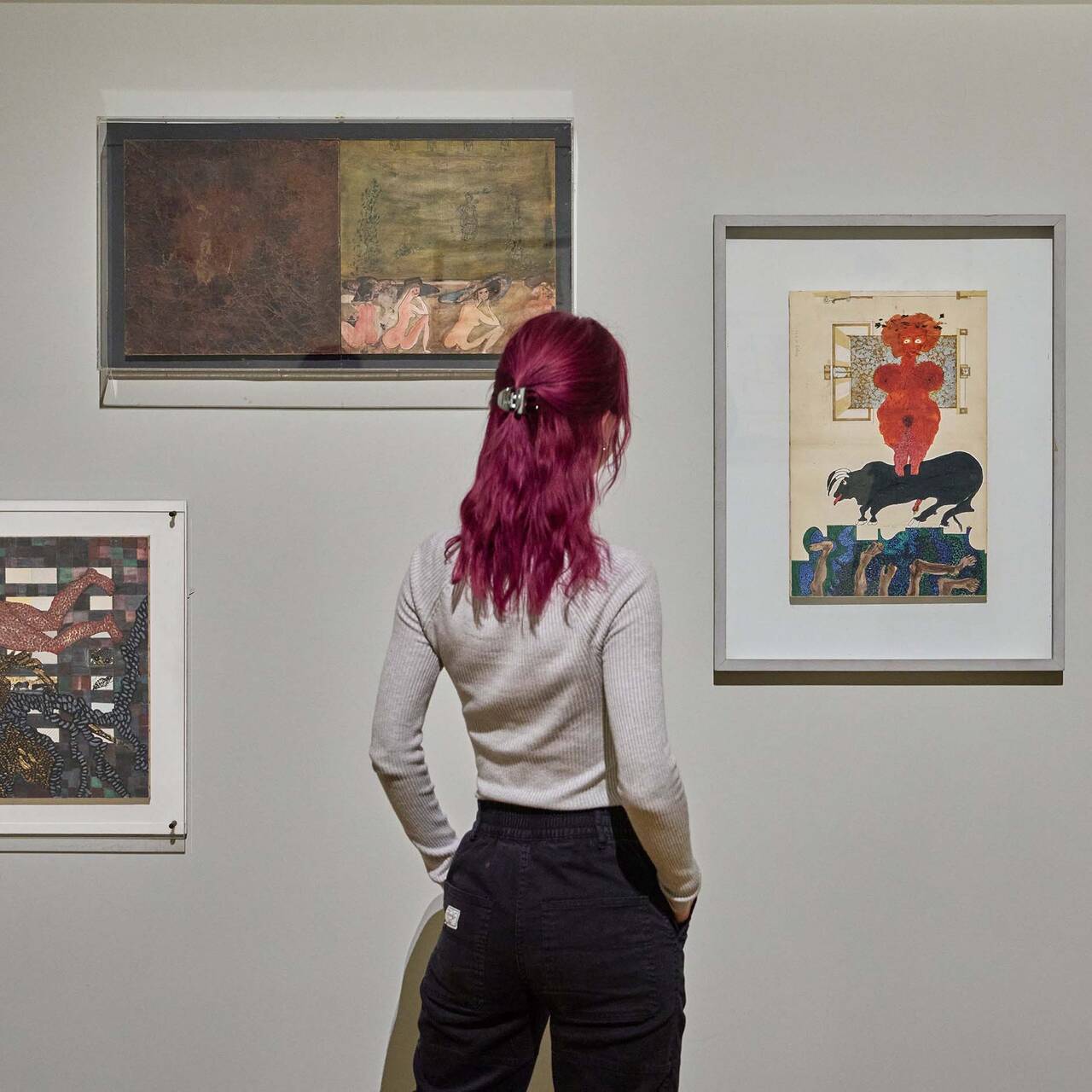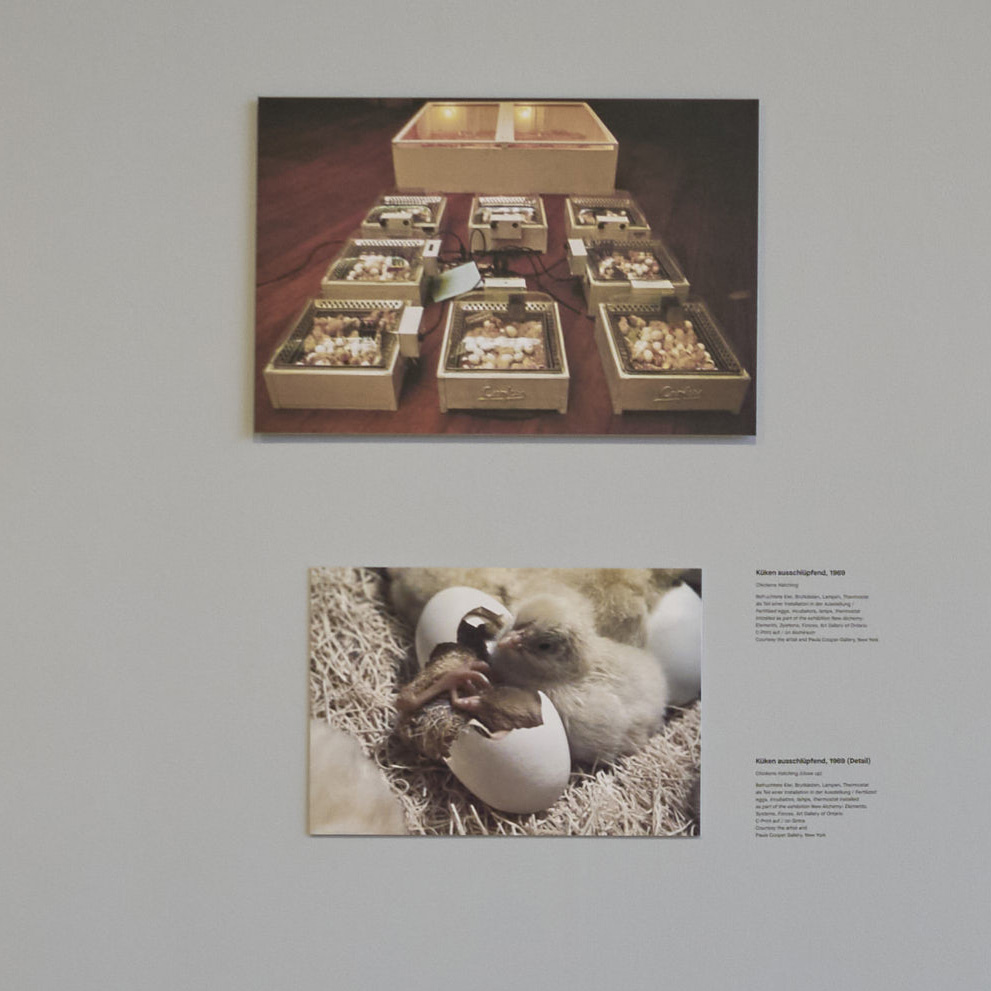The Moroccan “New Wave”: The SCHIRN presents the influential art scene around the CASABLANCA ART SCHOOL in a first major exhibition in Germany.
Just a few years after Morocco gained independence in 1956, Casablanca became a vibrant center of cultural renewal. The SCHIRN presents the unique and influential work of the Casablanca Art School in a first major, long-overdue exhibition. The main representatives of this innovative school—Farid Belkahia (1934–2014), Mohammed Chabâa (1935–2013), Bert Flint (1931–2022), Toni Maraini (b. 1941), and Mohamed Melehi (1936–2020), together with students, teachers, and associated artists—quickly became the central driving force for the development of postcolonial modern art in the region.
In realizing their aims, they combined an openness to local history with the new social reality. Engaging with the ideas of the Bauhaus movement, they reevaluated the connection between the arts, crafts, design, and architecture in the local context, fusing Western metropolitan arts with elements of the vernacular heritage that had been undermined during the colonial era. The SCHIRN will present some 100 works by 22 artists, including dynamic abstract paintings and urban murals, crafts, graphic design, interior design, and typography. Rarely seen archive material, such as film footage, vintage journals, photographs, and prints, complements these displays, revealing a transnational Moroccan art scene.
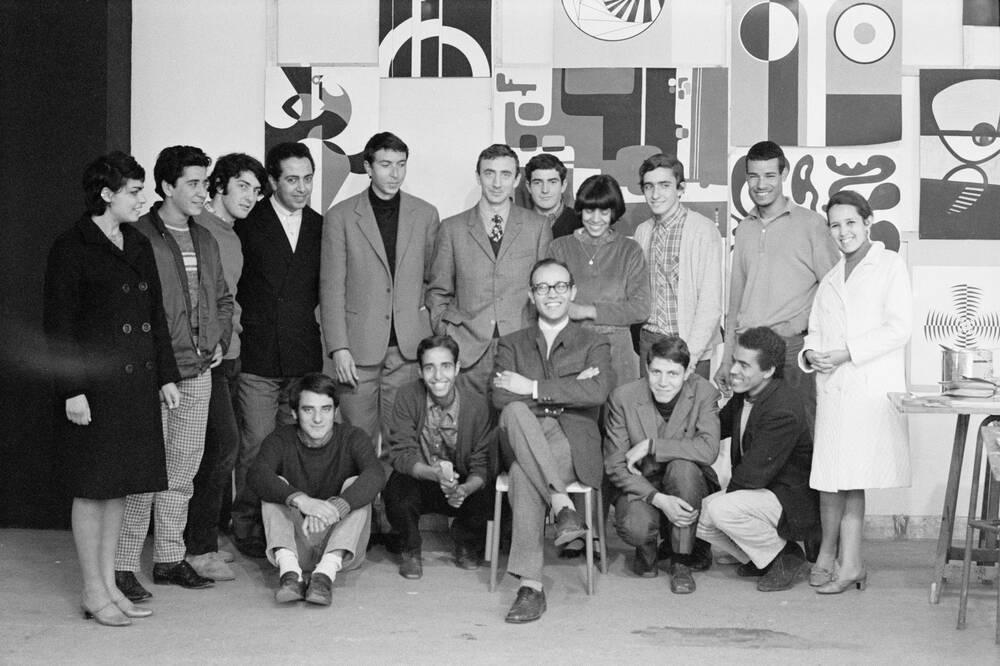
The exhibition, divided chronologically and thematically into eight sections, presents the works and central aspects of the Casablanca Art School artists and their associated positions, supplemented by documentary material. In addition, another room brings together books, films, and a chronology. Three films from the video series “School of Walking” (2023) by the artist duo Bik Van der Pol (Liesbeth Bik and Jos Van der Pol) will also be shown in the SCHIRN’s publicly accessible rotunda.
BEGINNINGS
Founded in 1919 during the French protectorate, the École Municipale des Beaux-Arts de Casablanca (later renamed the Casablanca Art School) followed Western pedagogical approaches. The artist Farid Belkahia was appointed the school’s director shortly after Morocco gained its independence, a position he held from 1962 until 1974. During his tenure, Belkahia opened the school’s doors to Moroccan and female students and appointed like-minded teachers who helped him to reimagine Moroccan visual arts and education.
The first room introduces selected works by Farid Belkahia, Mohammed Chabâa, and Mohamed Melehi, who formed the school’s core. Influenced by their studies abroad and the interdisciplinary approach of the Bauhaus movement, their new departments merged ideas from art, craft, design, and architecture. Working alongside their students, they began to dismantle the Western styles and methods previously taught at the school, such as easel painting.
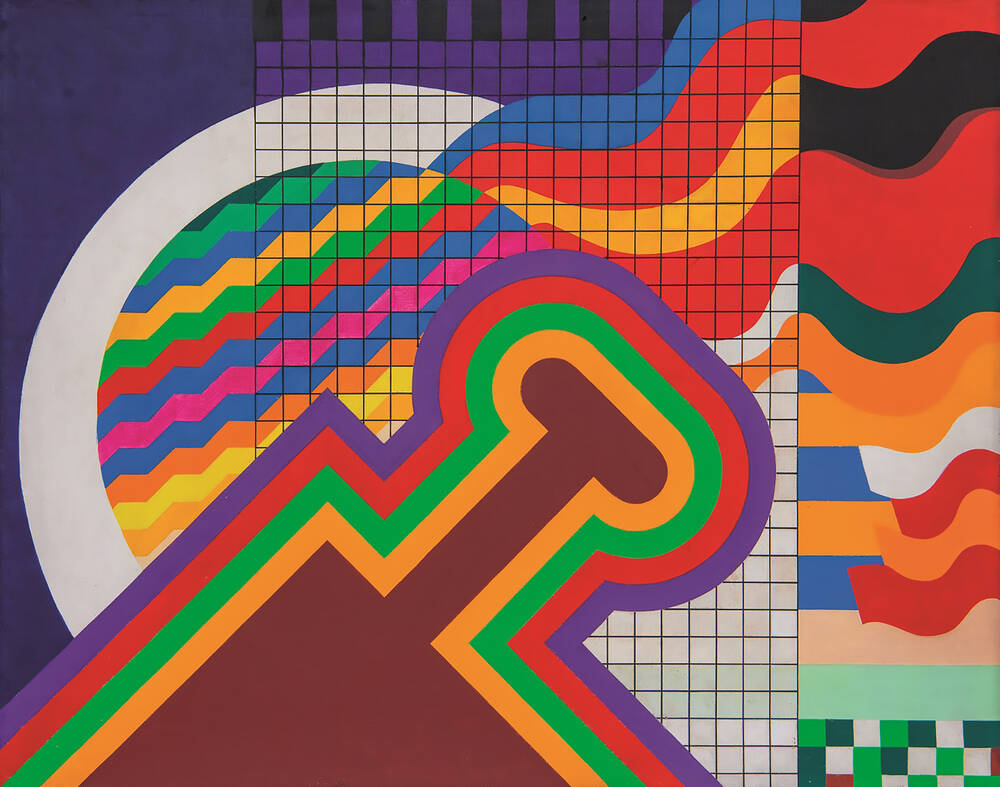
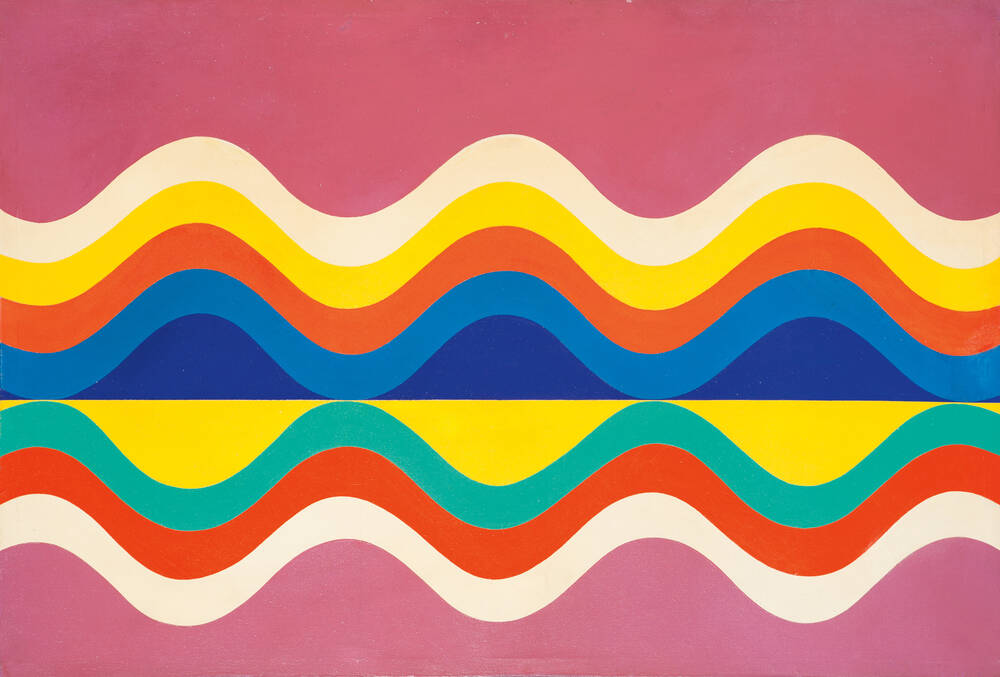
MAKING ART PUBLIC
In a defining moment for Moroccan art history, in 1969, the Casablanca Art School teachers organized two open-air exhibitions of paintings and murals titled “Présence Plastique”. By now, three other artists had joined the teaching staff—Mohamed Ataallah, Mustapha Hafid, and Mohamed Hamidi. This section shows works by the six participating artists. The exhibition’s staging was a protest against the state-organized Salon du printemps (Spring Fair). Moroccan artists, more than ten years after independence, still struggled to find spaces or galleries to exhibit their work. In May 1969, “Présence Plastique” opened in two public squares: Jemaa el-Fna, Marrakech, and a few weeks later, Place du 16 Novembre, Casablanca; in 1971, it also traveled to two secondary schools in Casablanca.
CREATING COLLECTIVELY
The annual Casablanca Art School exhibition at La Coupole gallery in the city’s Parc de la Ligue Arabe in 1968 launched Moroccan “new wave” art, characterized by a synthesis of Afro-Amazigh influences and modernist forms of expression and style. The SCHIRN is showing works by some of the school’s most pioneering students—including Malika Agueznay, Abdellah El Hariri, and Houssein Miloudi—that were created and exhibited in collaboration with their teachers.
GRAPHIC DESIGN
The Casablanca Art School artists used graphic design to bring art into the public sphere, expanding traditional mediums like painting in their workshops with new approaches and strategies borrowed from other fields. Tutor Mohamed Melehi, for example, combined painting with collage and opened a photographic studio, while Chabâa taught the decorative arts, scenography, and neo-calligraphy.
The SCHIRN presents posters and books designed by Melehi and Chabâa, as well as issues of the journal Souffles, which they co-designed. In a blend of poetry, literature, and cultural critique, the journal aspired to decolonize and democratize Moroccan arts and culture. During Morocco’s decolonization period, several complex historical developments motivated solidarity with other countries and movements. Thus, the exhibition also features posters in which art and cultural and political activism merge, such as those in support of the Chilean people, who rose up against the military dictatorship (of Augusto Pinochet); the people caught up in the violence of the Angolan Civil War; or in solidarity with the Palestinian people. On display also are issues of the journal “Intégral”, which Mohammed Melehi founded in 1971 and which played an important role in documenting the modern movement in Morocco from 1971 to 1978.
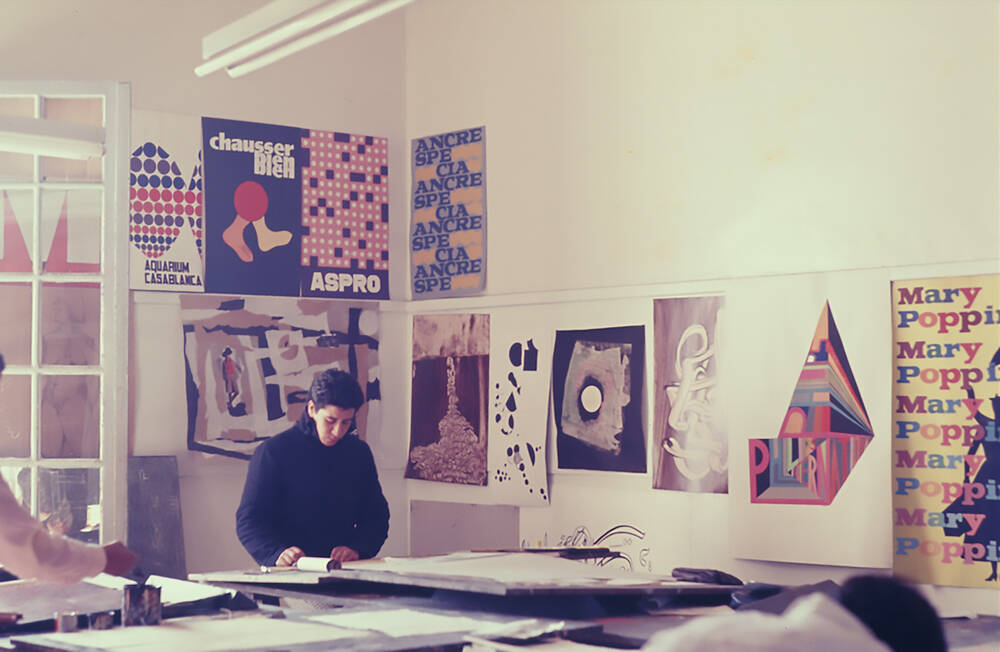
DESIGN FOR THE EVERYDAY
To inject art into daily life, the artists of the Casablanca Art School, together with architects and a wider network of collaborators, created a vision for public art and the regeneration of neglected public spaces and neighborhoods. One of the most important players was the architectural studio Faraoui & de Mazières. Based in Casablanca and Rabat, they developed a visionary design concept that reached across numerous sites and public infrastructure projects. Between 1967 and 1982, the network designed interiors at Casablanca’s National Tourist Office, the National Bank for Economic Development, factories, hospitals, universities, holiday parks, and new-build hotels. The artists and architects regarded the buildings’ lobbies, walls, ceilings, furniture, and fixtures and fittings as “plastic territories” awaiting creative intervention, integrating art and craft with architecture. The trio—Farid Belkahia, Mohammed Chabâa, and Mohamed Melehi—collaborated on several hotel projects with artists represented in this exhibition: Carla Accardi, Hamid Alaoui, and Mohammed Hamidi.
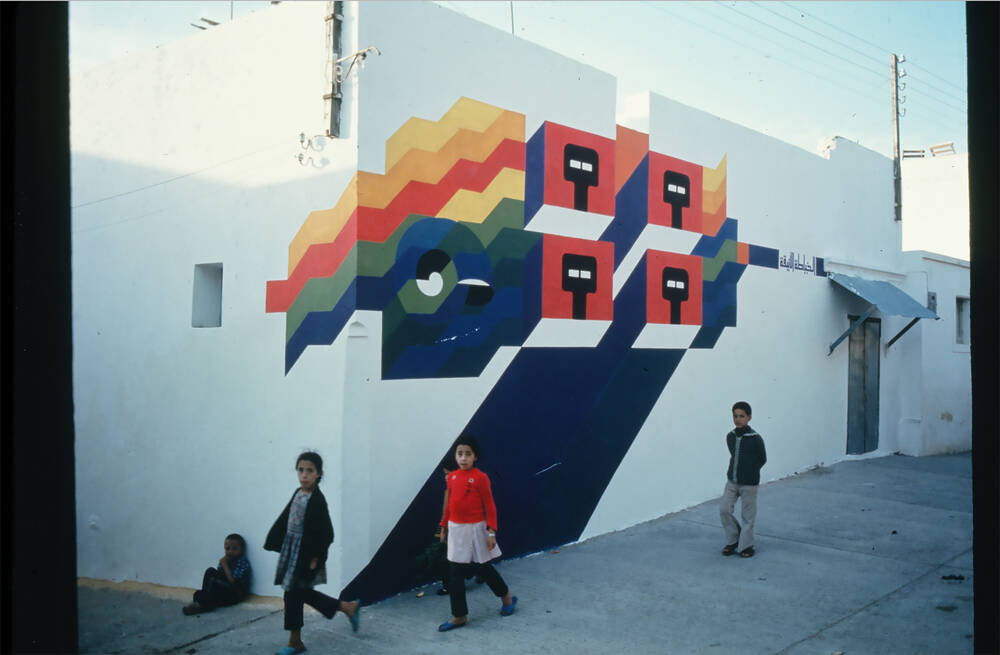
AFRO-AMAZIGH HERITAGE
The teachers and students of the Casablanca Art School rediscovered local cultural heritage as a source of inspiration for their art. Inspired by the region’s rugs, jewelry, calligraphy, and painted ceilings, they combined abstract art with Arab and Amazigh traditions. The SCHIRN is showing both historical objects and works by Casablanca Art School artists. Tutor Bert Flint conducted extensive research in the High Atlas and Anti-Atlas Mountains. He incorporated his research on the rural region’s most striking rugs and jewelry into his teaching.
Also on display are photographs by Mohamed Melehi, who, beyond his work as a painter, designer, and activist in the field of visual arts, often assumed the role of photographer, documenting the complexities of post-independence Moroccan society and the rich visual diversity of its architecture, local arts, and creativity, both rural and metropolitan. He also created a photographic inventory of Flint’s research in the Souss region, which included the area’s distinctive decorative heritage as well as its painted ceilings. Absent from museum collections, influences from African, Amazigh, Islamic, and Mediterranean heritage, as well as ancient Mesopotamian and Phoenician artifacts, began to surface in the works of the Casablanca Art School artists. They revisited craft traditions that Western art history had disregarded as utilitarian or ornamental and started to incorporate calligraphy, decorative symbols, and geometric patterns with spiritual significance, making use of locally sourced materials such as copper, animal skin (leather), wood, and wool.
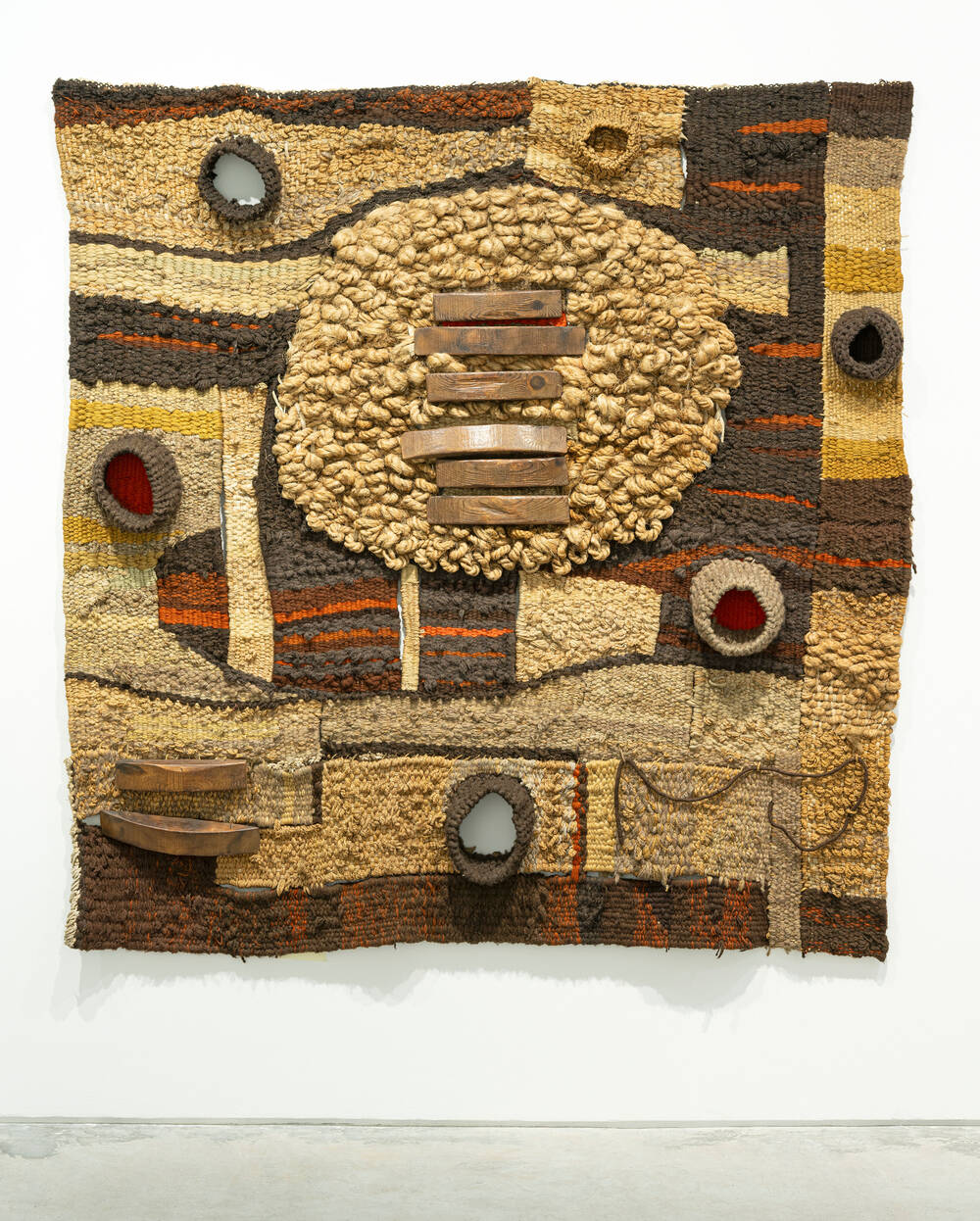
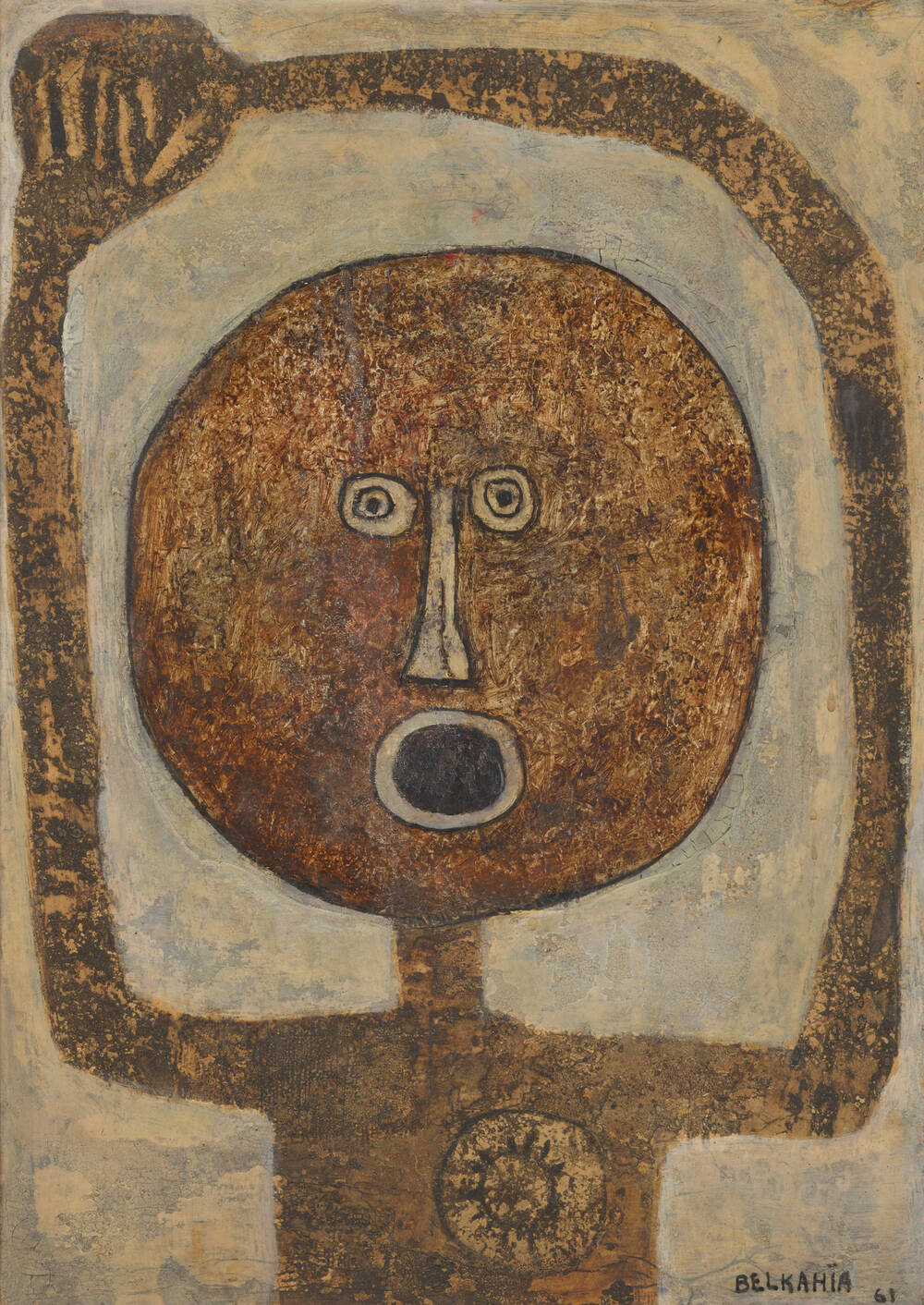
TRANSNATIONAL SOLIDARITY
The first Biennale of Arab Art took place in 1974 in Iraq’s capital, Baghdad, at the Museum of Modern Art. Organized by the General Union of Arab Artists, it brought together artists from 14 Arab nations and displayed over 600 artworks. The SCHIRN presents artworks by Farid Belkahia, Saâd Ben Cheffaj, Mohammed Chabâa, Abdelkrim Ghattas, Miloud Labied, and Mohamed Melehi, who were among the 14 Casablanca Art School artists representing Morocco. Rejecting popular trends in painting, they were seen as the most vibrant and dynamic “new wave,” standing out for their lack of compromise with Socialist Realist iconography or Surrealist trends. The artists associated with the Casablanca Art School combined the search for a specific Moroccan cultural identity with international aspirations, as well as artistic and political solidarity between independent Arab nations. The Casablanca artists extended communication with other Arab nations, organizing, among others, the second Biennale of Arab Art in Rabat, Morocco, in 1976.
OPEN AIR MUSEUM
The annual international arts and cultural festival Asilah Moussem Culturel, co-founded in 1978 by Mohamed Melehi and the politician Mohamed Benaïssa, in collaboration with Toni Maraini, transformed the two founders’ hometown in northern Morocco and revitalized the neglected city and its buildings. They organized exhibitions of painting, sculpture, and ceramics, alongside activities for the public, lectures, theater performances, and concerts, as well as workshops for children. Melehi invited artists from the Arab nations, other parts of Africa and Asia, Europe, and the United States. Their collective mission was to beautify everyday life, equating art with social progress. On display at the SCHIRN are historical photographs of the murals as well as a painting by Chaïbia Talal, a self-taught Moroccan artist unaffiliated with any school who was invited to participate in the festival. The annual Asilah Moussem Culturel continues to this day as a legacy of the Casablanca Art School’s activism to decolonize and democratize art.
